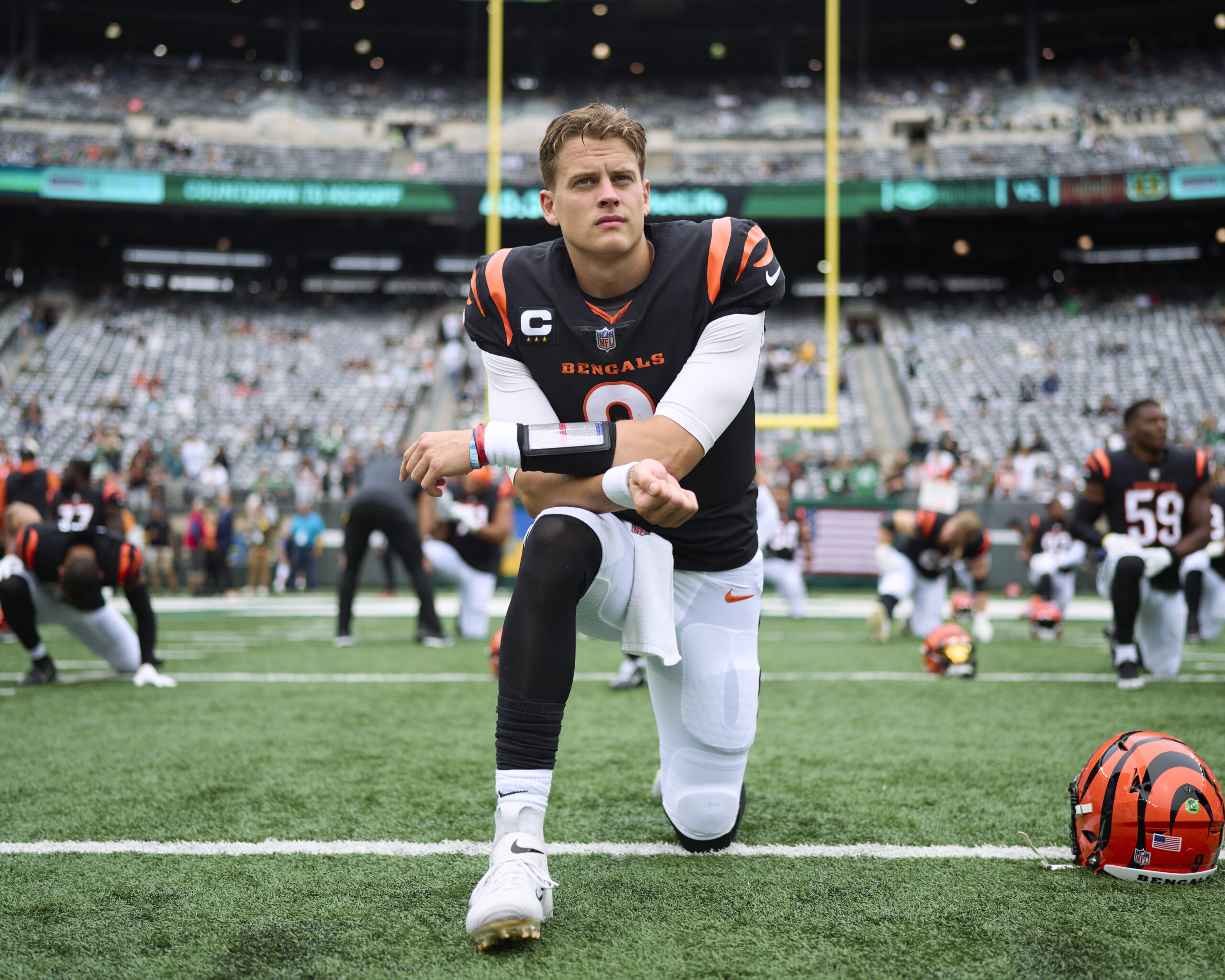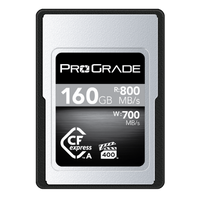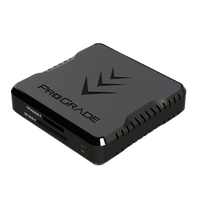Breaking Out of a Creative Rut: A Conversation With Freelance Photographer Cooper Neill
As a photographer, you know the importance of creativity. You need it to capture those special moments, come up with new ideas, and stay ahead of the competition. But what if you find yourself in a creative rut? In this post, we’ll be talking with freelance photographer Cooper Neill. We were surprised to learn a creative rut was the catalyst for his groundbreaking multiple-exposure sports photography series. Read on to learn more about Cooper and get his advice for future photographers.
Cooper Neill is an award-winning freelance photographer based in Dallas, Texas. He’s photographed everything from NFL games to editorial assignments for The New York Times. But he’s most famously known for his multiple-exposure sports photography , which he began doing in 2013 as a way to cure his boredom of shooting the same thing over and over again at weekly sporting events.
We spoke to Cooper about how he got into sports photography to begin with and asked for some tips on shooting double exposures and breaking into sports photography.
“I look for two main things when photographing a sporting event: finding the emotion in the athletes and finding a nice scene to frame them.” – Cooper Neill
You started as a music photographer, then stuck to sports. How would you compare shooting concerts to sports photography?
I grew up in the stereotypical small town in Texas. The kind of town that you see represented in TV and film. And one of the prerequisites of growing up in a small town is playing lots of sports. Football, basketball, baseball, soccer, track, you name it, and I’m sure I played it competitively at some point in my childhood. As I grew older, I realized there was zero chance I’d make it as an athlete so I chose to focus on other hobbies which included photography.
When I was in college, our school newspaper needed someone to photograph some of the school’s sporting events. As the person in the newsroom with the most experience with sports, it fell to me. And I have been working in and around sports ever since.
I would put shooting sports and shooting concerts on the same level, but it’s really hard to make money as a music photographer. I really enjoy doing it, but it’s hard to specialize in something that so many people are willing to do in exchange for free tickets.
At any major sporting event, we’ll see 25 or more photographers on the sidelines. What do you do to make sure your photos stand out? Is this why you came up with the multiple exposure photography idea?
I look for two main things when photographing a sporting event: finding the emotion in the athletes and finding a nice scene to frame them. I’ll look for little pockets of light or nice clean backdrops that I can position myself in front of and hope the action comes to the right places.
When I was starting out and covering a lot of high school and college basketball games, I was working several games a week and would get so tired of sitting in the same position, in the same arenas, with the same equipment every game.
That’s when I started bringing out my film camera and shooting multiple exposures on 35mm film — to break out of my creative rut and find a different way of looking at things.
What makes excellent double exposure photography?
The biggest thing for double exposures is understanding how they work and making notes about your compositions so you know where your next exposure will overlay on the first frame.
Then, it should have a story-telling element. I like to put two or more contrasting elements or themes together, like cheerleaders from one team paired with an upset player from the other team. It tells both sides of the story, which is something you can’t usually do with a single photograph.
If you want to give double exposure photography a try, check out Seeing Double: A Guide to Multiple Exposure Photography on the ProGrade Digital blog.
Let’s talk about equipment. To shoot sports, you need long lenses and a reliable memory card. What’s in your typical gear kit?
Equipment is extremely important for sports photographers. We are placed so far away from the action that you have to have the right gear to be able to make the images that your clients are looking for.
My regular kit will always have a 400mm f2.8, a 70-200 f2.8, and a handful of smaller zooms or prime lenses depending on the sport or assignment. I use Sony A1 bodies, which create massive files and can shoot at up to 30fps, which still blows my mind.
In order to keep up with that size and speed, I need the large capacity, fast, and reliable CFexpress Type A memory cards, and my memory card wallet is totally full of the ProGrade cards for that purpose.
What’s one piece of advice that you would give to photographers who just started their career and want to break into sports photography?
For someone wanting to get into sports photography, I would say to focus on what you’re truly passionate about. Sports photography is ultra-competitive, the equipment is super expensive, and the pay isn’t that great since there are so many folks willing to do it just to go to a game for free.
If you’re not truly passionate about the sport you’re covering you will be burnt out super quick. It’s extremely repetitive. So just make sure you’re doing something you can continue to be excited about.





